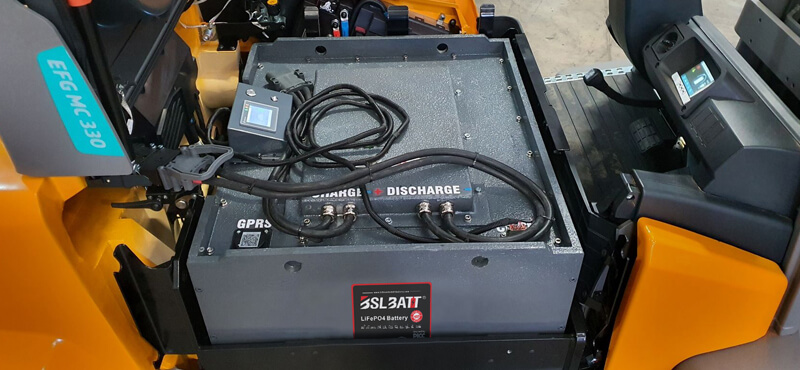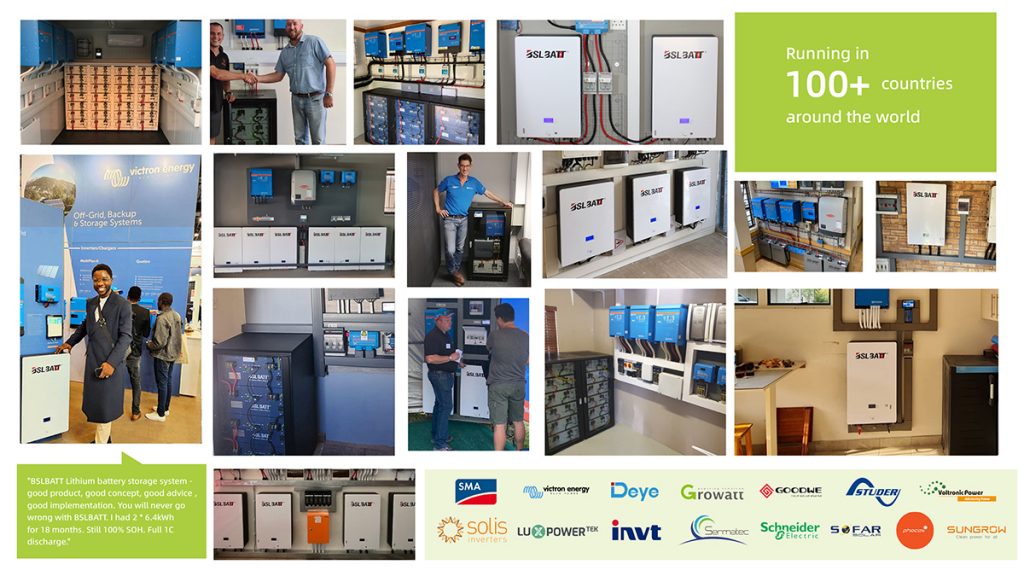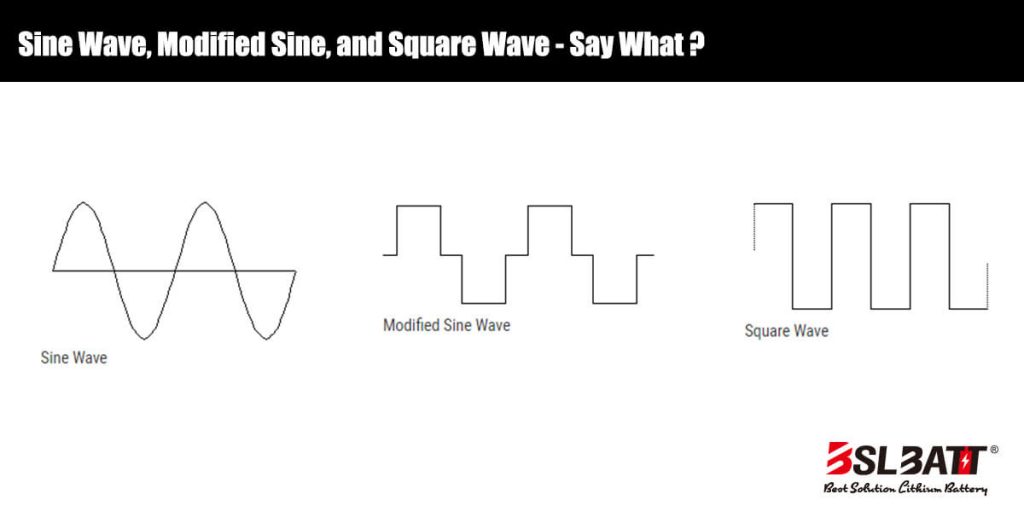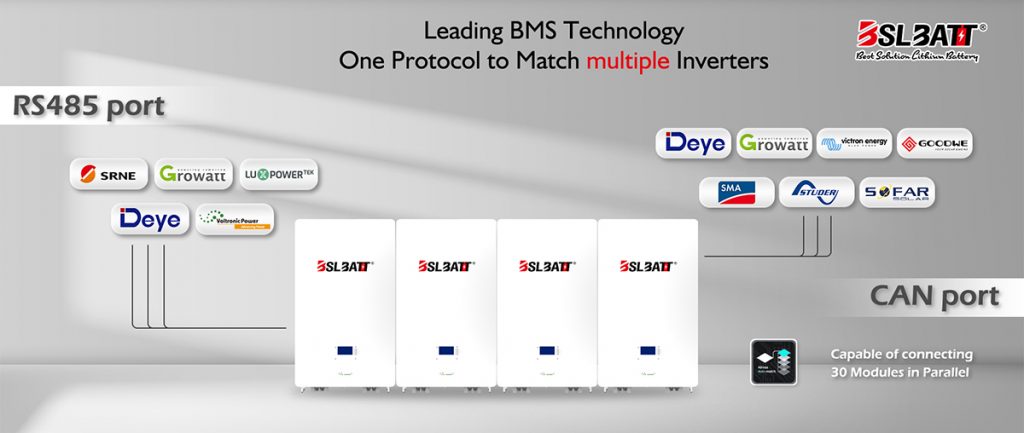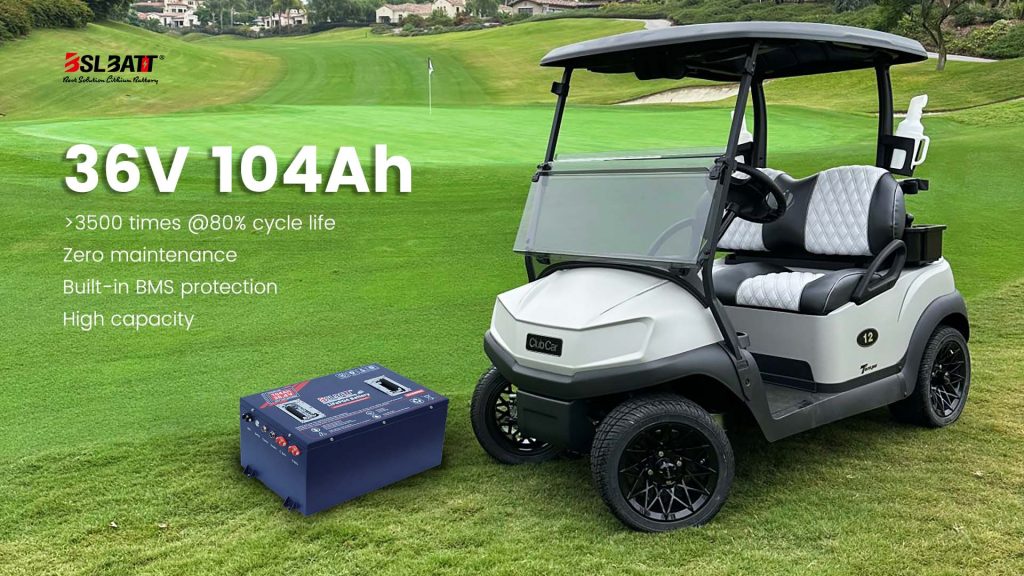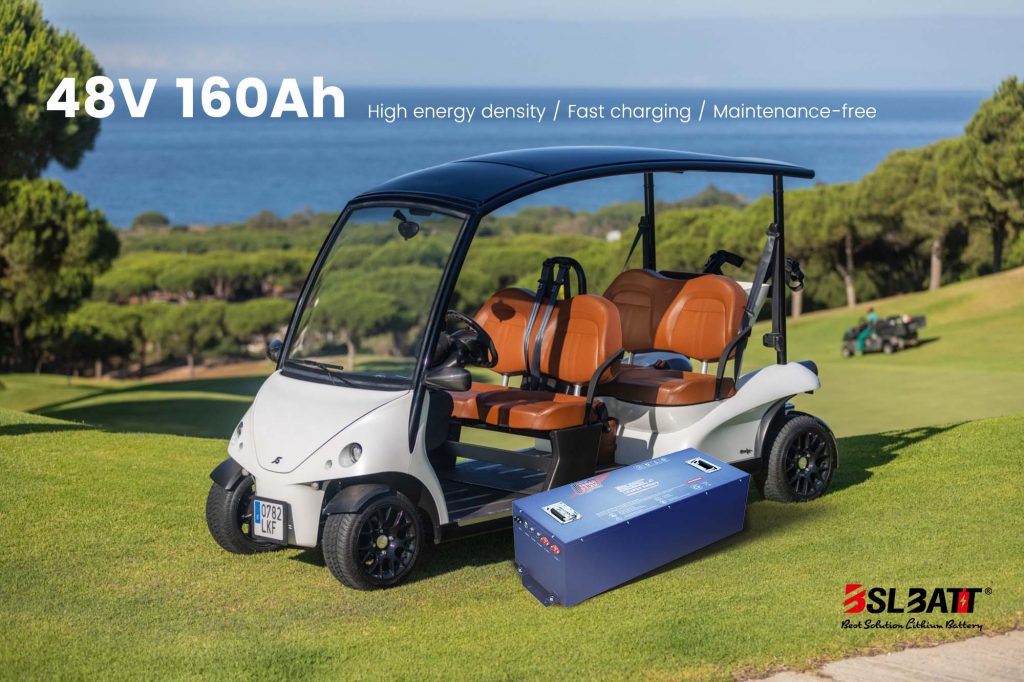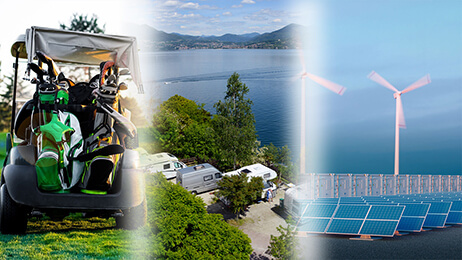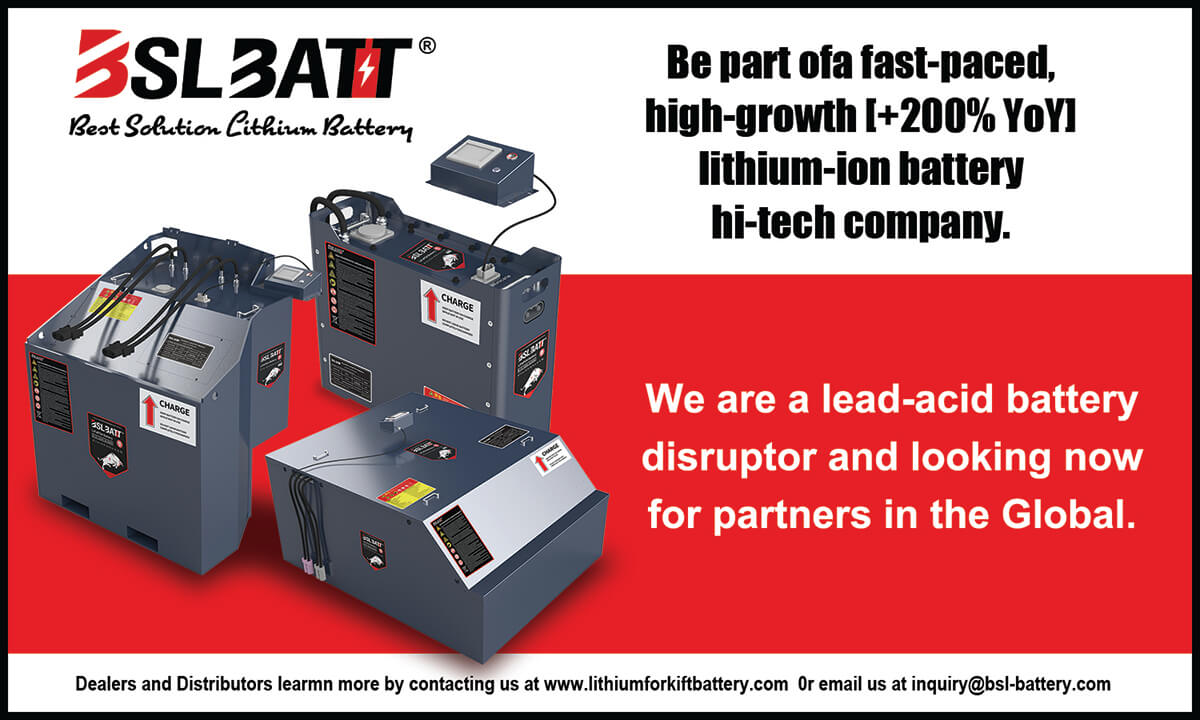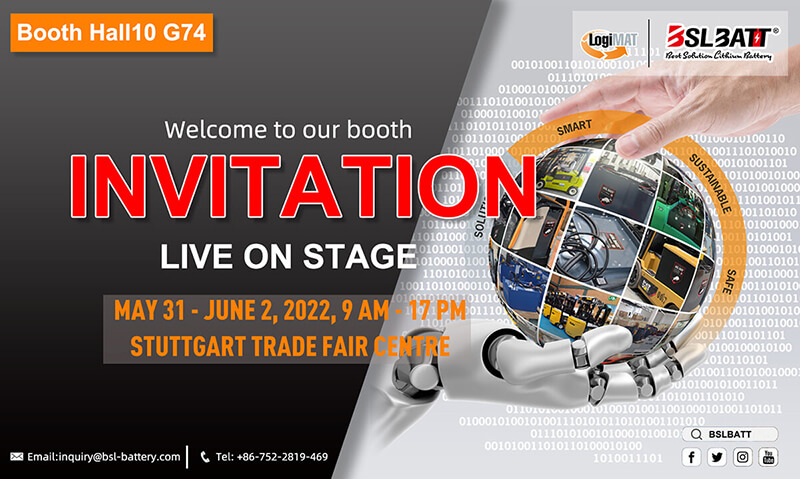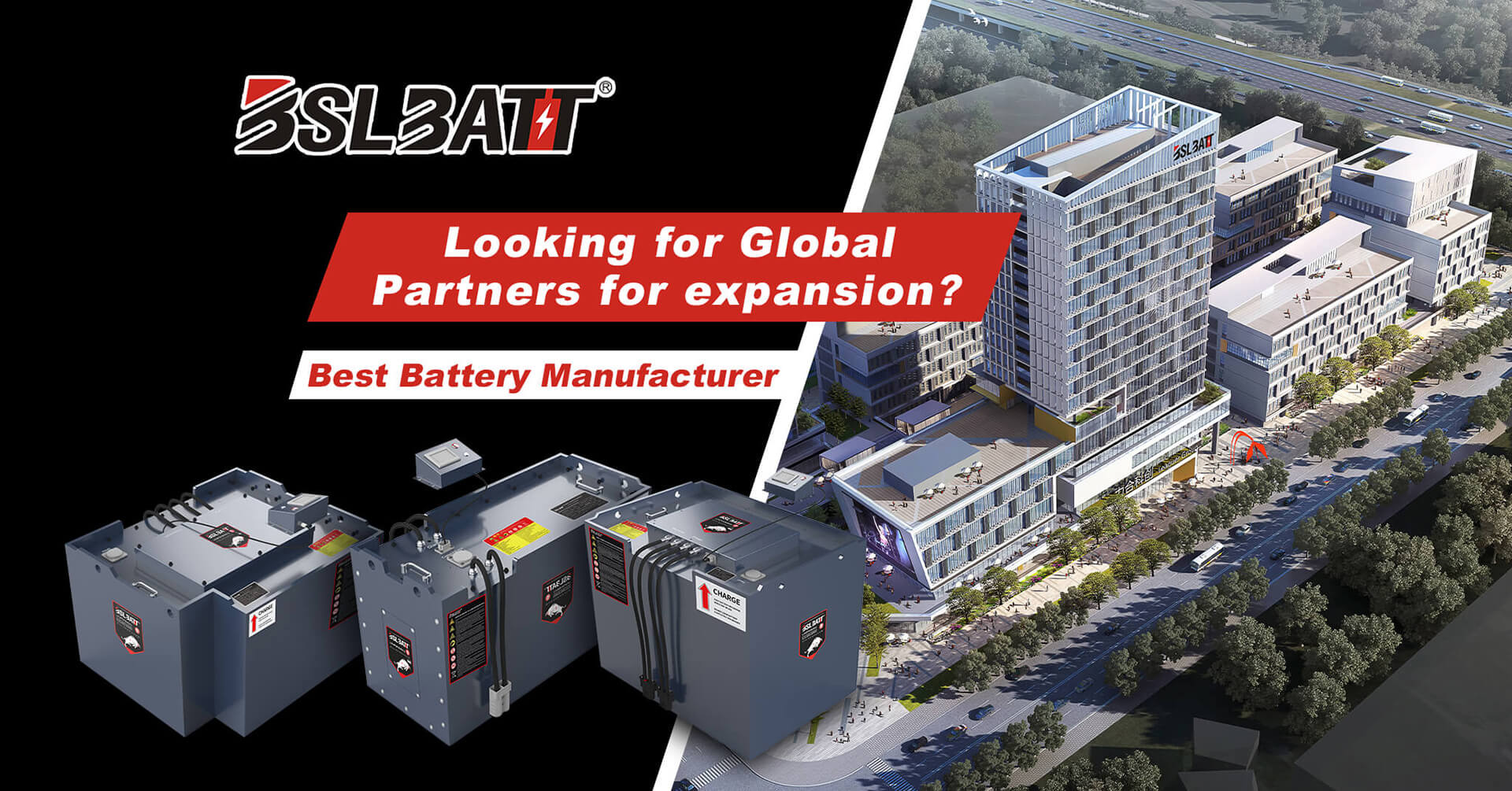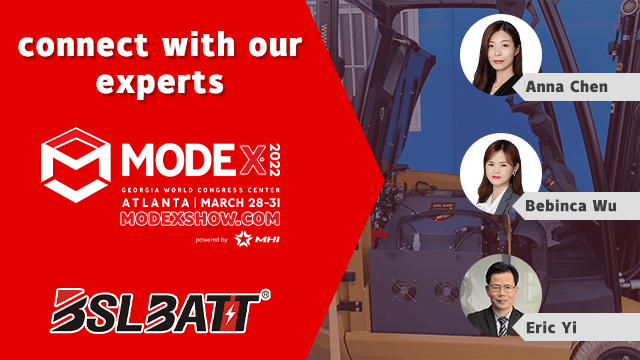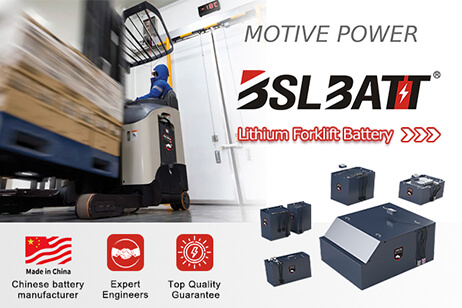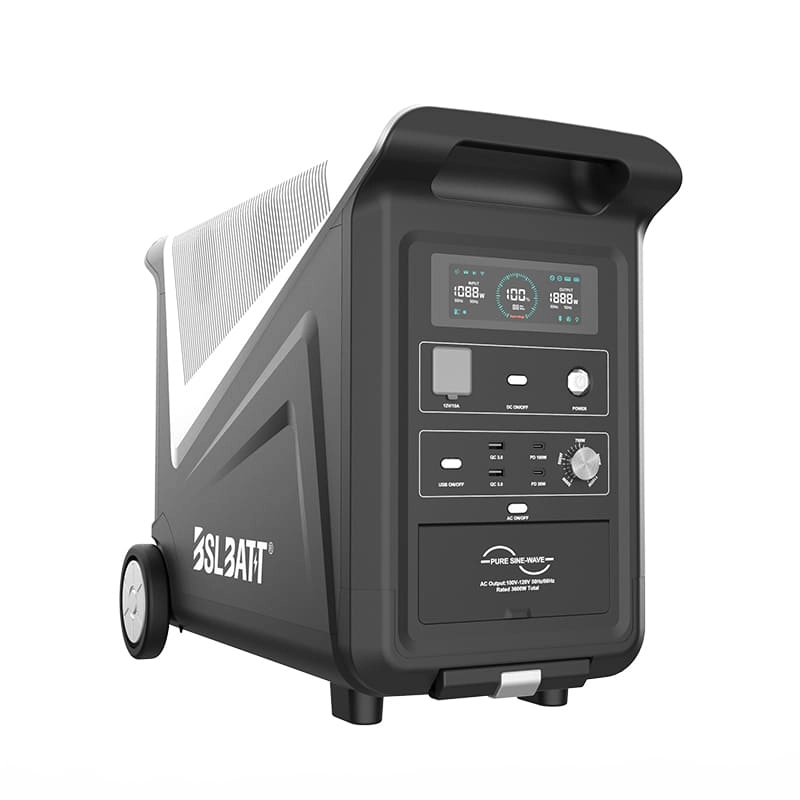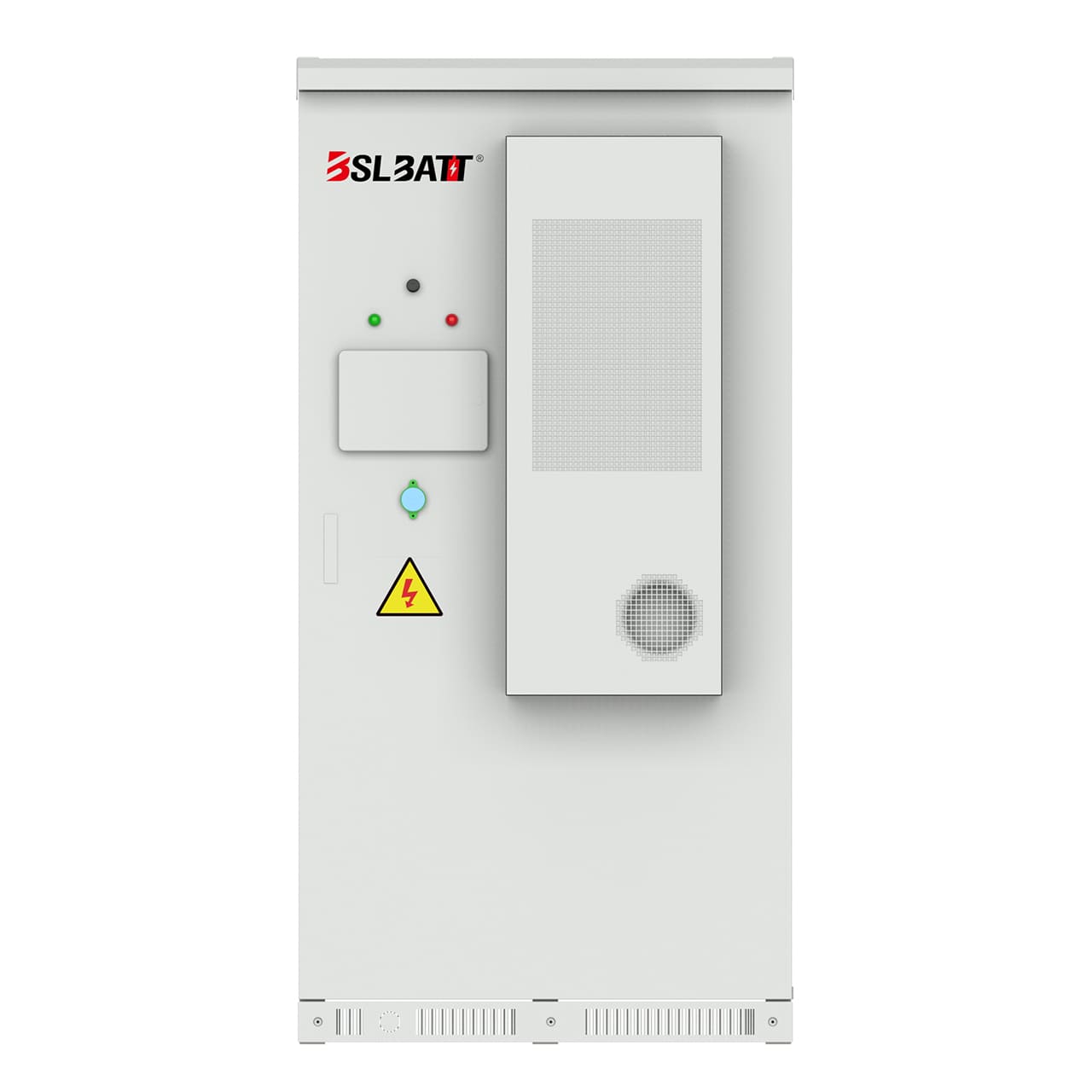If you are interested in purchasing an off-grid inverter, there are two main types: pure sine wave inverters and modified sine wave inverters. The three key differences to keep in mind are cost, efficiency, and usage. It is important to evaluate your needs in order to identify which one is the most practical and financially feasible.
Sine Wave, Modified Sine Wave, and Square Wave.
There are 3 major types of inverters – sine wave (sometimes referred to as a “true” or “pure” sine wave), modified sine wave (actually a modified square wave), and square wave.
Sine Wave
A sine wave is what you get from your local utility company and (usually) from a generator. This is because it is generated by rotating AC machinery and sine waves are a natural product of rotating AC machinery. The major advantage of a sine wave inverter is that all of the equipment which is sold on the market is designed for a sine wave. This guarantees that the equipment will work to its full specifications. Some appliances, such as motors and microwave ovens will only produce full output with sine wave power. A few appliances, such as bread makers, light dimmers, and some battery chargers require a sine wave to work at all. Sine wave inverters are always more expensive – from 2 to 3 times as much.
Modified Sine Wave
A modified sine wave inverter actually has a waveform more like a square wave, but with an extra step or so. A modified sine wave inverter will work fine with most equipment, although the efficiency or power will be reduced with some. Motors, such as refrigerator motor, pumps, fans etc will use more power from the inverter due to lower efficiency. Most motors will use about 20% more power. This is because a fair percentage of a modified sine wave is higher frequencies – that is, not 60 Hz – so the motors cannot use it. Some fluorescent lights will not operate quite as bright, and some may buzz or make annoying humming noises. Appliances with electronic timers and/or digital clocks will often not operate correctly. Many appliances get their timing from the line power – basically, they take the 60 Hz (cycles per second) and divide it down to 1 per second or whatever is needed. Because the modified sine wave is noisier and rougher than a pure sine wave, clocks and timers may run faster or not work at all. They also have some parts of the wave that are not 60 Hz, which can make clocks run fast. Items such as bread makers and light dimmers may not work at all – in many cases appliances that use electronic temperature controls will not control. The most common is on such things as variable speed drills will only have two speeds – on and off.
Square Wave
There are very few, but the cheapest inverters are square wave. A square wave inverter will run simple things like tools with universal motors without a problem, but not much else. Square wave inverters are seldom seen anymore.








